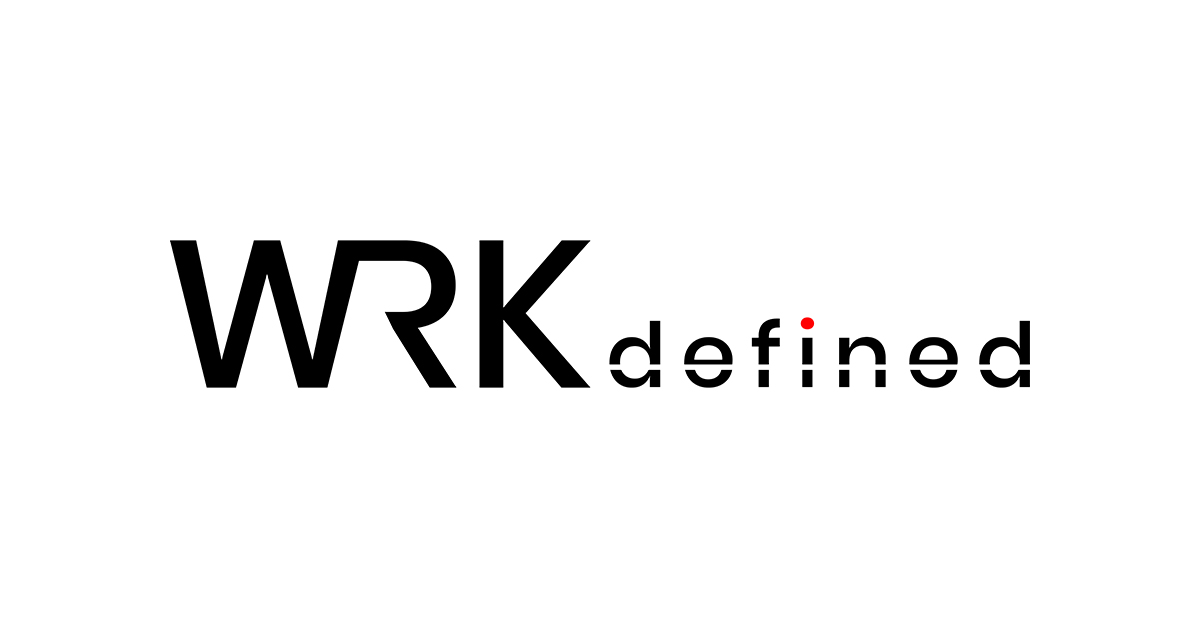Are your employees good at managing their workload, or is stress creeping into their daily lives? Workplace stress can hamper productivity and employee engagement, according to Forbes, but the good news is employers can help their teams perform their best by setting clear priorities.
The best employers help their workers by providing systems, processes and tools so they can manage the work and priorities effectively. By talking about priorities, tracking them and revisiting them regularly, leaders can ensure that employees are not only on the same page, but also that they are working on the right tasks at the right time.
A Lesson on Setting Priorities from the CEO of Ford Motors
When Alan Mulally took over as CEO of Ford Motor Company during the financial downturn, he immediately began attending status updates from across the company’s many divisions. Shortly after taking the role, he interrupted one of his staff meetings with an interesting observation.
During these meetings, members of his team from around the world would present their own area’s performance metrics, and each and every one of those charts was green (signifying positive results). At the same time, he said, he could watch the news and hear about Ford’s falling revenues and market share, so the stories were not matching up. He closed the meeting by challenging his team to bring a problem to the next status update that they could help solve.
At the following session, everyone continued to present the green charts until the end, when a manager slipped one red slide (signifying suboptimal results) into his presentation deck.
Everyone held their breath, waiting to see how the CEO would react, but instead of singling the manager out and challenging him in front of his peers, Mulally opened the floor to the other leaders, asking them if they had similar issues. For those that had faced similar problems, he asked specifically how they had solved them. In the next few minutes, his team helped the manager to explore several potential solutions to the problem.
In the next meeting, all of Mulally’s direct reports had a red chart in their presentations. Why? Because they realized that the purpose of the meetings wasn’t to single out people based on performance, it was to find ways to improve processes and results.
Three Ways to Help Workers Set Priorities
This story encapsulates the key ways leaders can help to ensure that people are not only working on the right priorities, but that they are being transparent and collaborative enough to hit the performance goals for themselves, their teams and their business units.
Talk about them collaboratively. It’s often been said that “what gets measured gets done,” and the same is true for setting priorities. The more they are a focal point for conversations from the executive perspective, the more likely they will be top of mind for employees. How would you answer these questions: does the average employee understand the big-picture priorities of the business? How do they know they’re on the right track?
Track them regularly. If something is a priority, there’s a good chance you’ll revisit it on regular occasions to measure progress. Whether you’re exploring these points on a whiteboard or using a more high-tech solution, employers should leverage tools to help track projects and activities so everyone can understand progress being made. Consider this question: are the top priorities for your team and your company captured somewhere that they can be reviewed by stakeholders?
Priorities must be true priorities. When everything is a priority, nothing is a priority. In a recent innovation workshop with HR executives, one team won an award for developing a simple tool to prioritize incoming requests by filtering them by business need, the source of the request, and the anticipated effort involved. We must ensure that the top priorities actually take precedence. How would you respond to this challenge? Can your team clearly elaborate on the top priorities for your department and how they roll up into organizational priorities? How are those team-level priorities set and what separates a priority from just another task on the to-do list?
I’ll close with a quote from Mulally that encapsulates the ideas we explored here today.
Leadership means pulling everybody together around a compelling vision.
Vision is a critical component, but companies that succeed in executing that vision are the ones that deliver on their priorities consistently over time.




